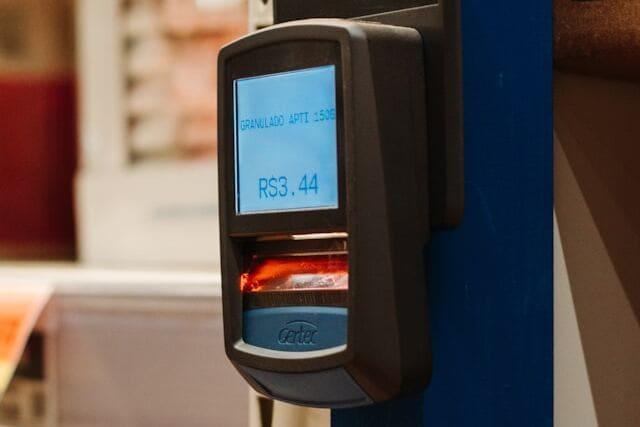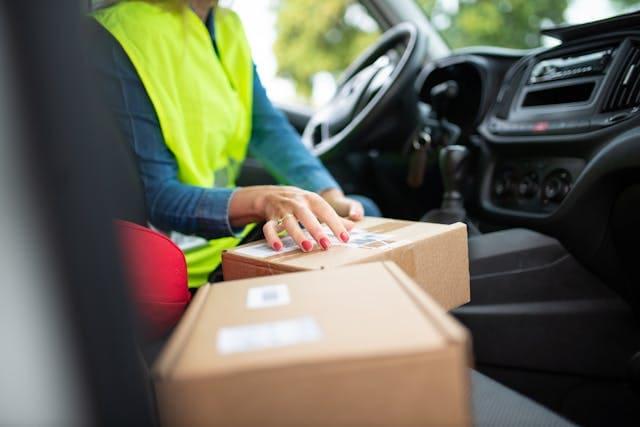E-commerce and logistics are now one and the same in the world of online commerce. When an order is placed, it appears in the warehouse management software (WMS) to be prepared. A logistics specialist prepares the order and packages it (picking and packing). Once the order is prepared, the shipping label is printed and the package is sent. The customer receives the tracking notification as soon as the package is sent. To complete this loop, many steps are necessary, and each is important for success.
Here are 7 tips for successful ecommerce:
The location of warehouses
If you manage an ecommerce site, but several stores, the order radius of your customers can be large, even very large. The location of the warehouses will determine the speed of delivery to your customers, but also, when your stocks are low, the replenishment of one (or more) warehouse(s). If your warehouses are located in Europe and in another country (e.g. Switzerland), your item will be taxed. You must therefore be prepared for cross-border logistics and adapt the delivery price if necessary. cross-border logistics and adapt the delivery price if necessary.
Order management
Your customer's order probably goes through a CMS. Most of them, WooCommerce, Majento, Shopify, Odoo, etc. can connect to a warehouse management software (WMS). Results: your orders are automated. The number of errors is reduced to a minimum thanks to the scanning of the items during order preparation. Each order is prepared in batches and by customer. Once the order is prepared, the preparers pack it and print the recipient's address before sending it.
The degree of automation of this process differs depending on the warehouse. However, an organization, almost entirely automated drastically reduces possible errors and considerably increases the speed of order preparation.

WMS Software
None of this is possible without warehouse (or stock) management software. In addition, your software must be properly integrated with the CMS. All your orders must be uploaded and stocks updated automatically on your CMS interface. Normally, your software is linked to the CMS with an API. This program allows the exchange of information and rewriting to manage your stocks, both on your e-commerce site and in the warehouse.
Thanks to this, your customers know the number of remaining items and when the out-of-stock items will be available again. Namely, stock shortages can be avoided thanks to the software that requests a replenishment at a certain level.
Inventory Management in eCommerce: A Strategic Challenge All Year Round
Strict inventory management is essential to ensure profitability and customer satisfaction in an online business. Having good visibility into your inventory levels, sales cycles, and peak activity helps avoid both stockouts and costly overstocks.
1. Analyzing Historical Data
If you have data that goes back more than a year, start by calculating your inventory turnover rate (the formula: cost of sales / average inventory). This KPI tells you how often your products are renewed. The higher the rate, the more optimized your inventory is.
According to the FEVAD (French Food and Drug Administration), poor inventory management can lead to losses of up to 30% of potential sales, especially during periods of high demand.
2. Anticipating Seasonal Fluctuations
Demand varies greatly depending on the season and product type:
- Soft drinks: High sales in spring and summer.
- Festive products (champagne, chocolate, decorations): peak at Christmas and New Year's.
- School supplies: concentrated in August and September.
To manage these cycles, base your decisions on the previous year's sales and adjust your replenishment levels.
3. Identify the best sellers
Certain products sell more regularly or more quickly. These are your "best sellers." For these products:
- Analyze performance in Google Analytics or via your CMS (Shopify, Prestashop, etc.)
- Compare advertising campaigns and promotions from one year to the next
- Plan for a larger buffer of these products, especially during periods of high demand
4. Manage exceptional peaks: Black Friday & Cyber Monday
Periods like Black Friday, Cyber Monday, or sales can lead to sudden increases in demand.
- In 2023, global Black Friday online sales reached $70.9 billion, an 8% increase over the previous year.
- In the United States, online spending reached $10.8 billion, a 10.2% increase over the previous year.
- In France, online sales increased by 7% over the previous year.
Choosing shipping methods and delivery partners
Selecting delivery options that meet your customers' expectations, whether it's home delivery, a collection point or a store, is essential. Give your customers choices that are useful to them and that make their purchases easier. Collection points are convenient for purchases that require secure collection (to avoid parcel theft). Working with reliable carriers that offer services tailored to your specific needs can improve the customer experience and optimize logistics costs.

Ecommerce delivery
A clear and flexible return policy is also a key factor in customer loyalty. Making the return process easier for the customer, for example by providing prepaid return labels and simplifying the process, can build trust and encourage repeat purchases. However, I recommend checking whether these returns can be avoided. Is there a size problem, the photo didn’t match the product, the materials are not suitable?
These are probably adjustments that can be improved on the site: more accurate size guide, more realistic photos, materials fully described, etc. Your customers will be happy with it.
Sustainable ecommerce: our habits are changing, and so are those of your customers!
Incorporating sustainable practices into your logistics, such as using reusable packaging or optimizing delivery routes to reduce carbon footprint (and gas costs), can meet consumers’ growing expectations for sustainability and strengthen your brand. If your ecommerce business is sustainable, optimize your strategy to match your expectations.
Ecommerce logistics: 7 tips for success